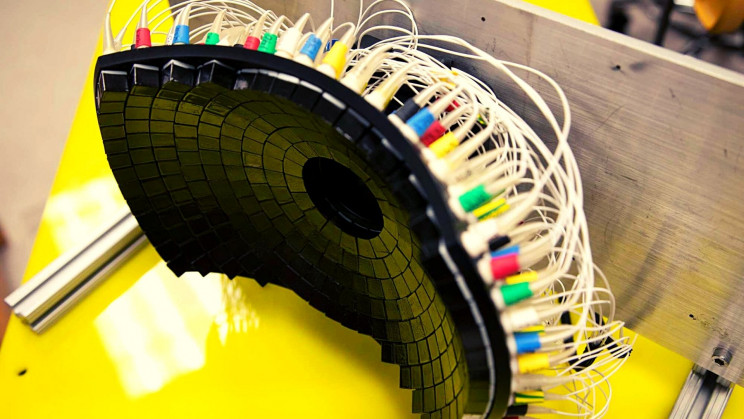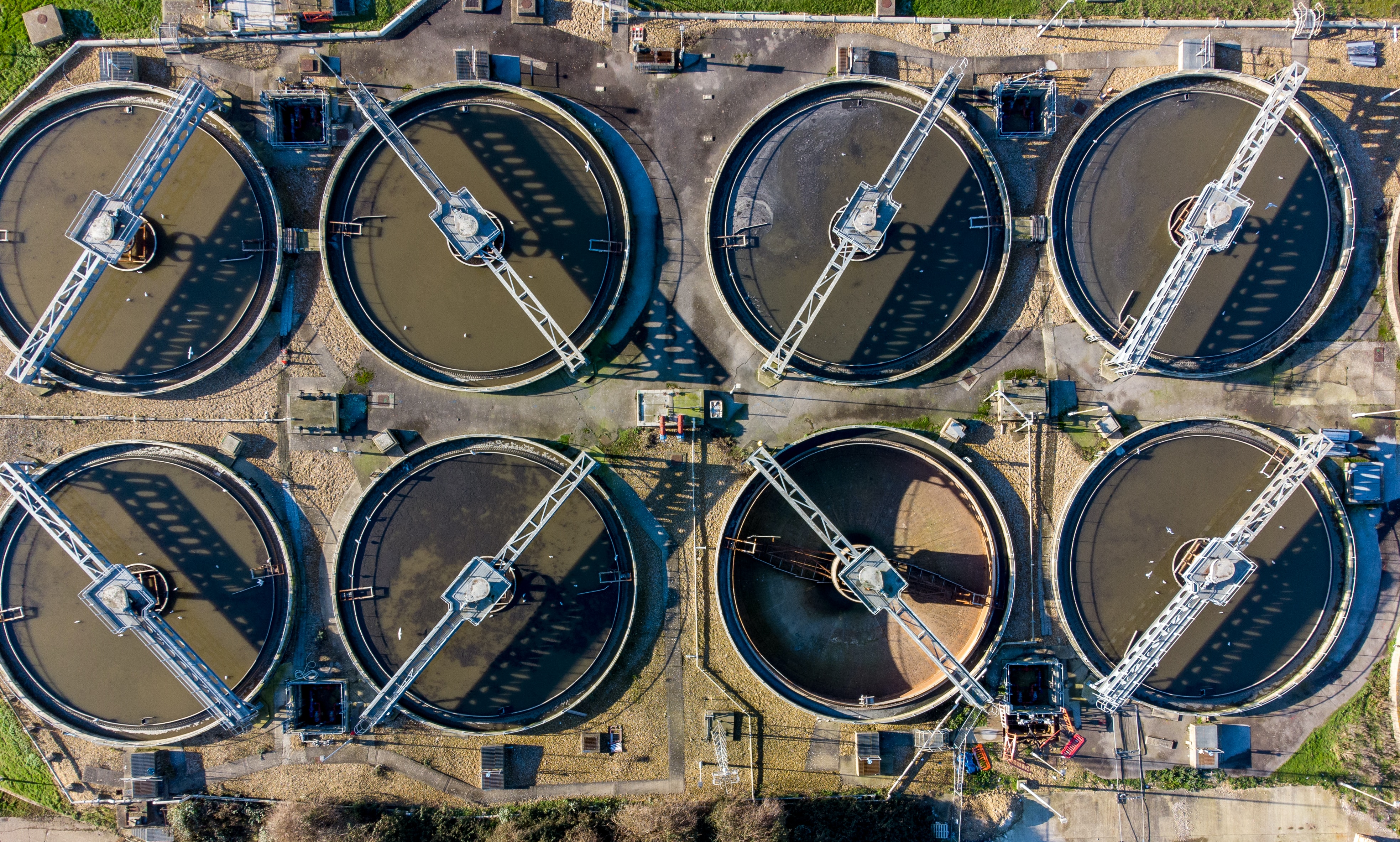Flinders University researchers utilized plasma technology to transform blue-green microalgae into a bioactive coating with remarkable wound-healing properties. This coating is suitable for use on dressings and medical instruments, providing protection against infections, expediting healing, and reducing inflammation.
A New Era in Wound Dressings: Bioactive Microalgae Coating
Furthermore, researchers harnessed argon atmospheric pressure plasma jet (APPJ) technology to convert Spirulina maxima, a blue-green microalgae, into an ultra-thin bioactive coating. This coating can be incorporated into medical dressings to eradicate bacteria, reduce inflammation, and enhance the wound healing process.
The extract from S. maxima, a blue-green microalgae, is employed as a dietary supplement due to its healing properties. However, the microalgae’s thick cell walls make it challenging to extract these beneficial compounds. Researchers used APPJ technology to break down the cell walls, transforming S.maxima into ultrathin films while preserving its bioactive properties.
The argon APPJ-treated S. maxima demonstrated potent antibacterial activity, causing 93% cell death in Pseudomonas aeruginosa and 73% cell death in Staphylococcus aureus, and it also inhibited biofilm formation. This is noteworthy because bacteria within biofilms are highly resistant to antibiotics.
Additionally, the S. maxima coating is biocompatible and possesses anti-inflammatory properties. In a wound scratch assay conducted by the researchers, wounds treated with this coating completely healed within just two days.
Bridging the Gap: A Solution for Antibiotic Resistance
The researchers believe this innovative approach holds significant promise as a treatment for wounds, including chronic wounds, especially in light of the increasing antibiotic resistance.
Krasimir Vasilev, another corresponding author of the study, commented, “This new, plasma-facilitated downstream processing can improve the extraction and purification of useful compounds from biomass without the need for harmful solvents and a lot of energy input. We are now exploring avenues for the commercialization of this unique technology. Currently, there are no commercially available wound dressings that simultaneously combat infection, favorably modulate inflammation, and stimulate healing.”







